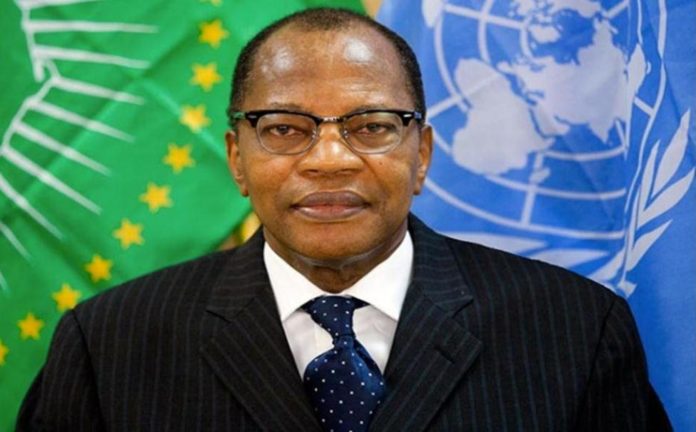To be a child in Nigeria is both beautiful and satisfying to a large extent…

African Union, after ten years ‘Silencing the Guns’ has not reduced the sound but has become stronger
In May 2013, the African Union (AU) adopted an ambitious initiative called “Silencing the Guns” as part of the declaration for the 50th anniversary of the African Union. The AU aimed to silence the guns after a decade from the declaration, in order to achieve a conflict-free Africa and put an end to all wars in Africa by 2020. However, ten years after the declaration, the sound of guns has become even louder on the African continent as many countries are crippled by armed conflicts.
Analysis of Nigerian newspapers reveals that West Africa has the highest number of legal and illicit firearms held by civilians, totaling around 11 million units. Northern Africa follows with 10.2 million, and Eastern Africa comes third with 7.8 million.
There were at least 15 countries with active armed conflicts in sub-Saharan Africa in 2019: Burkina Faso, Burundi, Cameroon, Central African Republic (CAR), Chad, Democratic Republic of Congo (DRC), Ethiopia, Kenya, Mali, Mozambique, Niger, Nigeria, Somalia, South Sudan, and Sudan.
However, it is important to note that the above estimates may not reflect the actual extent of available weapons on the continent since collecting data on small arms and light weapons is not estimable.
Mohamed IBN Chambas (in the photo), a senior official of the African Union, states that for Africa to achieve the goal of silencing the guns, it means undertaking a true transformation. First and foremost, Africa must prioritize investments in human capital and utilize available financial resources.
The report on conflict trends in Africa by the Oslo Peace Research Institute indicates that although the number of state conflicts slightly decreased in 2021, dropping to 25, the number is still much higher than a decade ago. The situation has been worsened by the proliferation of small arms and light weapons in Africa.
But where are the guns in Africa?
In the first continental analysis of illicit arms flows in Africa titled “Weapons Compass: Mapping Illicit Small Arms Flows in Africa,” the African Union Commission and Small Arms revealed that African civilian actors, including individuals, registered companies such as private security firms, and non-state armed groups, hold over 40 million, or nearly 80 percent, of all small arms present on the continent. In contrast, the armed forces and law enforcement agencies on the continent hold less than 11 million small arms.
The report also estimates that out of the 40 million firearms held by civilians in Africa, 5.8 million are officially registered, while 16 million are unregistered.
The AU Assembly has extended the annual September commemoration of the Month of Amnesty in Africa until 2030 for the delivery and collection of illegal weapons and light weapons.
The Month of Amnesty, which has been in effect since 2017, aims to encourage civilians to voluntarily surrender illegally possessed weapons with the condition of anonymity and immunity from prosecution.
Mohamed Ibn Chambas, the African Union’s Representative for the “Silencing the Guns” initiative, informed the members of the United Nations Security Council in March 2023 that the goal of silencing the guns in Africa this decade is being challenged by climate change, terrorism, coups, and the continent’s history. He stated that Africa faces multiple challenges that jeopardize the noble objectives of silencing the guns, even within the new 2030 timetable.
According to Chambas, the causes of these challenges are historical, institutional, constitutional, economic, social, cultural, and also related to the impact of climate change.
Lastly, when discussing the challenges that this initiative faces, the lack of commitment from African leaders and the inability to implement what the AU has requested are among the primary obstacles.
The African Union Peace and Security Council does not have sufficient financial resources to uphold the commitment to “Silencing the Guns.” Since funding relies on donors, most peacekeeping missions and other activities cannot be carried out due to limited resources.
Furthermore, the increase in terrorism is a clear indication of the ready availability of small arms and light weapons.




